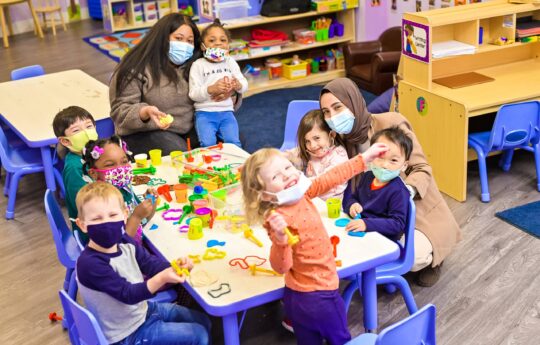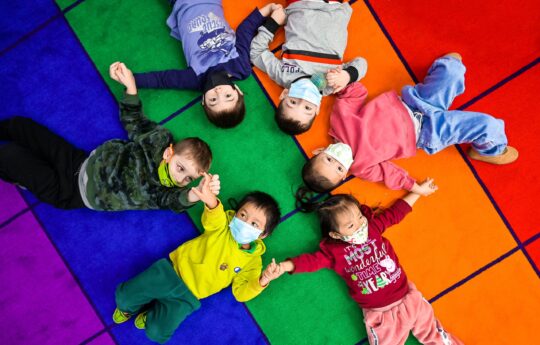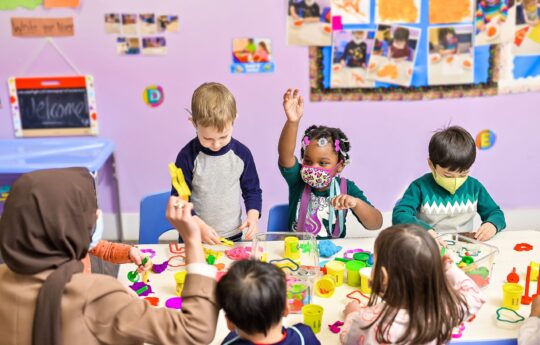
Children have very different perspectives than adults do in this world. Their viewpoint occasionally contrasts sharply with ours. Your raised voice initially has no significance for a young child. They simply cannot see why their mother, whom they adore and who is sweet and kind, suddenly changed into a yelling stranger. The child usually doesn’t understand the significance of your transformation. But then they get used to it, stop perceiving the calm tone and adequate behavior towards them, and later on, the child understands only the cry.
Is it okay to yell at a child in order to make them listen to you?
No. But parents who are abusive to their own children are not the only ones who scream at their children. Once we get into the habit of screaming, we stop noticing it. However, the parenting approach is also detrimental to both parents and kids.
The Dynamics of Yelling at Kid
The psychology behind why children may respond more to yelling is rooted in basic human responses to stimuli, particularly those perceived as threats or urgent. When parents yell, it triggers the child’s “fight or flight” response, causing an immediate reaction because yelling is interpreted as a sign of danger or urgency. This response can be more pronounced in children because they are still developing their emotional regulation and interpretative skills. As a result, they might comply quickly when yelled at, associating obedience with safety or the avoidance of conflict.
The Impact of Yelling
However, the impact of yelling on a child’s behavior and emotional development can be significant and often negative. Repeated exposure to yelling can lead to several detrimental outcomes:
- Increased Anxiety and Stress: Children who are frequently yelled at may exhibit higher levels of anxiety and stress. They can become more prone to fearfulness in situations where they anticipate being yelled at, which can extend to other areas of life, leading to general nervousness or anxiety.
- Behavioral Problems: While yelling might achieve immediate compliance, it can lead to long-term behavioral issues. Children may exhibit aggression, defiance, or act out in other ways as a response to the stress and frustration of being frequently yelled at. This behavior is often a reflection of their internal turmoil and confusion about how to appropriately respond to emotions and conflict.
- Impaired Emotional Development: Regular exposure to yelling can affect a child’s emotional development. It can teach them that loud and aggressive communication is an effective way to express feelings or get what they want. This learning can hinder their ability to develop healthy emotional regulation and communication skills.
- Damaged Self-Esteem and Trust: Yelling can make children feel unworthy, ashamed, or incapable, damaging their self-esteem. It can also erode trust between the child and the parent, as the child might feel that the parent is a source of fear or discomfort rather than safety and support.
- Social Skills Impact: Children learn social cues and behaviors through their interactions with parents and other adults. If they are accustomed to yelling, they might have trouble developing positive social interactions and relationships with peers, as they may mimic the aggressive communication style they experience at home.
Common Situations or Behaviors That Lead to Parents Yelling at Kid
- Non-Compliance or Disobedience: Parents often resort to yelling when children do not follow instructions or rules. This non-compliance can trigger frustration, leading to yelling as a way to assert authority or control.
- Dangerous Situations: When children are in or near dangerous situations, such as running towards a busy street or touching something hazardous, parents may yell instinctively to alert and protect them quickly.
- Sibling Rivalry or Conflict: Yelling can be a reaction to constant bickering, fighting, or competition among siblings, especially when it disrupts family harmony or escalates to physical altercations.
- Public Misbehavior: Parents might yell when children act out in public, such as throwing tantrums in stores or being rude, due to embarrassment and the pressure to demonstrate immediate discipline.
- Repeated Mistakes or Forgetfulness: When children repeatedly forget chores, homework, or display carelessness, it can lead to frustration and impatience, causing parents to yell.
- Time Pressure: Situations where time is limited, such as rushing in the morning, can make parents more prone to yelling due to the stress of being late or missing deadlines.
Emotional and Psychological Factors
- Stress and Overwhelm: High levels of stress, whether from work, financial issues, or personal problems, can decrease a parent’s patience and increase the likelihood of yelling. Overwhelmed parents may find themselves with shorter fuses, leading to quicker outbursts.
- Lack of Sleep or Fatigue: Tiredness can impair judgment and increase irritability, making parents more prone to react harshly or yell.
- Unresolved Emotional Issues: Parents with unresolved anger, trauma, or emotional issues may find themselves expressing these unresolved feelings through yelling, especially under pressure.
- Learned Behavior: Parents who were yelled at as children might be more likely to use yelling as a form of communication, perceiving it as a normal or effective way to express frustration or exert control.
- Lack of Effective Communication Skills: Sometimes, parents yell because they may not know alternative ways to communicate their feelings and expectations clearly and effectively.
- Expectation vs. Reality Discrepancy: Parents often have high expectations for their children’s behavior and achievements. When these expectations are not met, the resulting disappointment or frustration can lead to yelling.
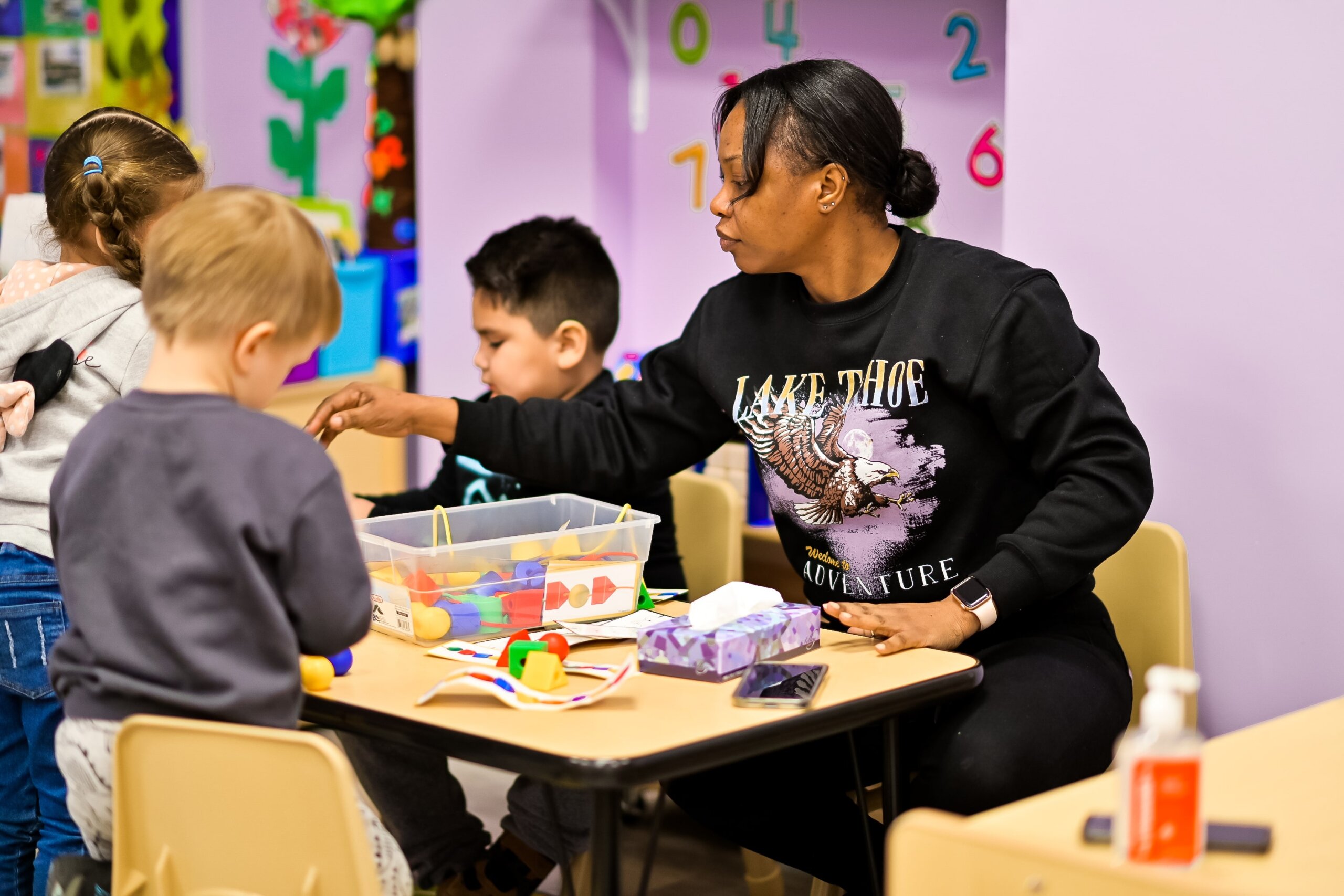
Why Stop Yelling If It Works?
“The child only listens when I scream” – most of the time, parents yell at their kids in an effort to discipline them and think that they are doing so for educational reasons. However, this approach to schooling has the opposite result. The youngster suffers from the parent’s screams, which also affects their dignity and self-worth. When adults yell, fear is the first sensation a kid feels. Not regret, not reflection, not a wish to make amends—fear.
Children who hear shouting either try to defend themselves by shouting back (for which they might be yelled at or punished again), or they run away in an effort to avoid your righteous indignation. It’s important to remember that children learn how to behave in emergency situations, so consider what kind of adult you want your baby to turn into. Do you want them to comply with anyone who shouts at them?
Screaming is ineffective. Just keep it in mind. Crying won’t make problems go away; it will just make more of them. If you want the child to alter their behavior, talk to them and explain the circumstance while also reviewing the act and correcting mistakes. A calm conversation, rather than shouting, will increase the chances that the child will draw conclusions.
Practical Tips for Parents – “I can’t stop yelling at my kid”
Actionable Steps to Stop Yelling
- Take a Timeout: When feeling overwhelmed or angry, parents should take a brief timeout to cool down before addressing the situation. This can prevent the immediate reaction of yelling and allow for more rational responses.
- Use Calm Voice Techniques: Practice speaking in a calm, controlled voice, even during disciplinary moments. Techniques like deep breathing before speaking can help maintain a calm demeanor.
- Reflective Listening: Engage in reflective listening by acknowledging the child’s feelings and repeating back what they’ve said. This shows empathy and understanding, often defusing tense situations and reducing the urge to yell.
- Establish Clear, Consistent Rules: Having clear and consistent rules helps children understand expectations, reducing the likelihood of situations that might trigger yelling. Consistent enforcement of these rules without yelling reinforces respectful communication.
- Positive Reinforcement: Recognize and praise positive behavior. This not only encourages good behavior but also creates a more positive atmosphere, reducing frustration and the impulse to yell.
- Plan Ahead for Stressful Situations: Anticipate situations that could lead to yelling and plan strategies to handle them calmly, such as preparing activities to keep children engaged during errands.
Ways to De-escalate Situations
- Identify Triggers: Recognize personal triggers that lead to yelling and work on strategies to manage reactions, such as deep breathing, counting to ten, or stepping away momentarily.
- Communicate Needs Clearly: Express needs and feelings clearly and calmly before reaching a point of frustration. This helps children understand expectations without the emotional intensity of yelling.
- Create a Calm Environment: Reduce overall stress in the home by creating a calm and peaceful environment. This can include having quiet times, reducing clutter, and ensuring there are spaces where both parents and children can relax.
- Seek to Understand Before Reacting: Try to understand the child’s perspective and reasons for their behavior. This can lead to more empathetic responses and less inclination to yell.
- Use Humor: Lightening the mood with humor can defuse potential yelling situations. Making a joke or being playful can shift the mood and open up alternative ways to resolve conflicts.
- Practice Patience: Developing patience takes time and practice. Acknowledge that change doesn’t happen overnight and celebrate small victories in reducing yelling episodes.
Catch Yourself Before You’re At Your Breaking Point
Not all adults possess self-control. Children find it challenging to predict their parents’ moods since they can lose control at any time. Keep a close eye on your feelings and reactions, particularly if there have already been some unpleasant experiences. You must develop the ability to recognize your initial aggressive impulses and restrain yourself from acting on them. Breakdowns happen more frequently when you are under stress.
Our ability to maintain self-control is compromised by being overtired, hungry, busy, stressed out about our jobs or our personal lives, and having a lot of work to accomplish. The inner aggressor will then be able to emerge before the mind can stop it. Avoid overworking yourself and divide the workload in accordance with your strengths. Try not to try to be flawless and do everything at once; it is needless and unachievable. Try to be more grateful for the here and now.
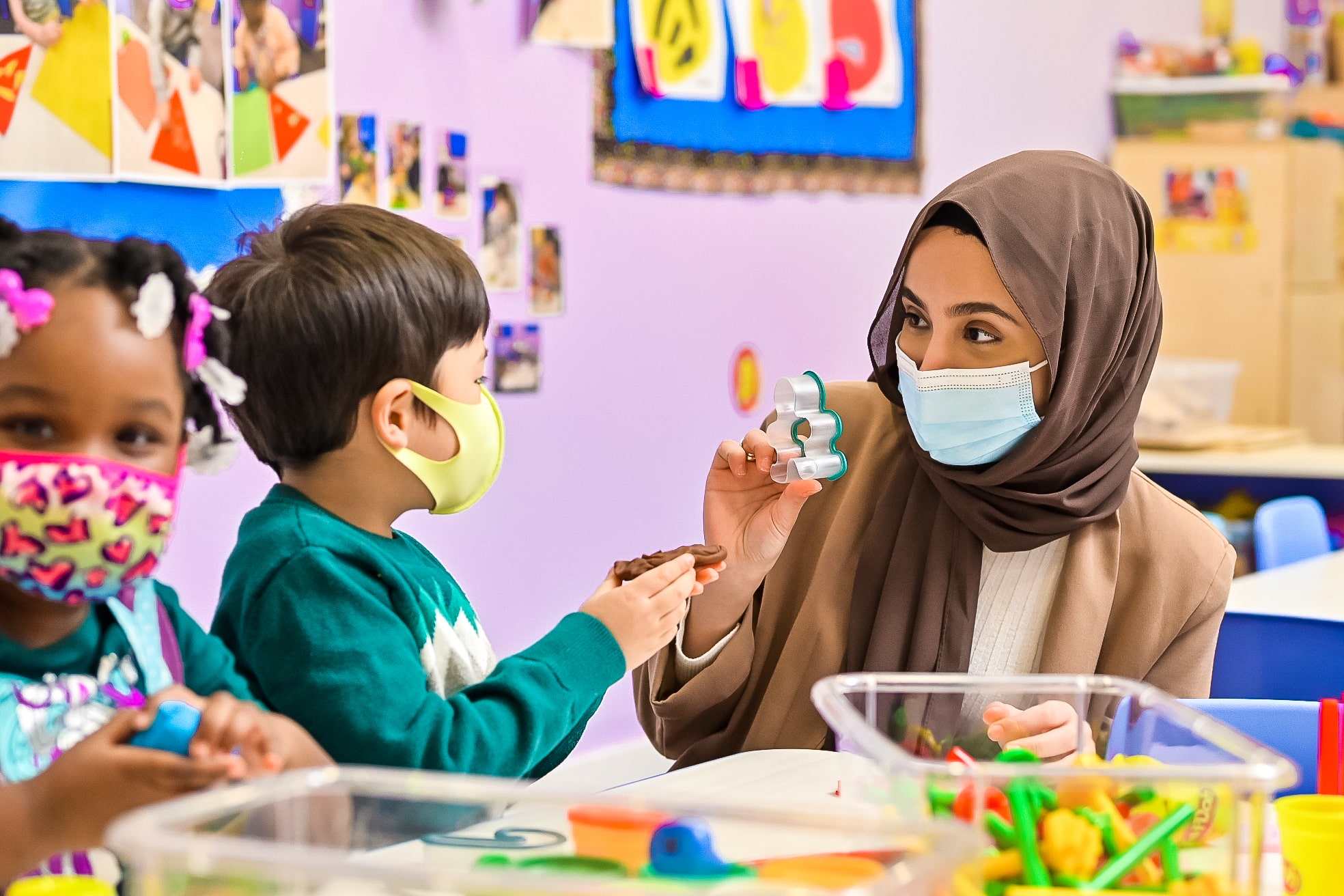
Shift Your Approach In How You Talk to Your Child
When talking to kids, make an effort be positive more frequently. Tell your baby how much you adore them with a hug and a kiss. If the child has done something wrong, you should calmly express your disappointment to them and analyze their behavior without using insults. It is inappropriate to tell the baby things such, “You can’t act like that,” “Don’t touch it,” and “Don’t go there”. It is crucial to clarify precisely why the activities taken them are viewed negatively.
Learn to put yourself in the child’s shoes and see things from their perspective. You shouldn’t attempt to make the baby feel guilty. But it’s crucial to get them used to assume responsibility. To achieve this, it is necessary to examine each wrongdoing they have done and establish their complicity. A child must not be subjected to verbal or physical abuse, humiliation, punishment in public, or comparisons to other kids.
An Escalated Adult Cannot Calm an Escalated Child
Are you thinking “why do I keep yelling at my kid”? When you scream at the child, their bodies release a lot of stress hormones, which makes them tense and block their thoughts. The corpus callosum, which connects the two hemispheres of the brain, shrinks. As a result, the cerebellum’s blood supply is reduced, brain activity is decreased, and memory and attention are negatively impacted. The emotional balance of children is off.
When a child throws a tantrum and parents start to yell at them to calm them down, they are frequently seen as being unsupportive and unhelpful. The child feels unloved, which leads to carelessness and a sense of his own insignificance. Psychologists strongly advise against yelling at kids for any reason. It is unlikely that such parental behavior can be explained by temperament. The adult’s mental instability is most likely the cause.
Countdown to Transitions
How to stop yelling at my kid? Unrestrained adults are advised by experts to leave the room during a stressful situation, try to calm down, and then resume talking to the child. Physical effort aids in the transformation of negative energy into good energy. Squats and push-ups will help to soothe the tensions as much as possible. Then, go over with the kid what he did wrong.
Plan a “quiet voice day” if you find that you scream excessively. Convince the child that you will do your best not to yell today and that they will pledge to follow your directions.
Encourage and assist your cherished children in their endeavors. Every child requires the love, care, and support of their parents.
Alternatives to Yelling
Strategies for Effective Communication
- Use “I” Statements: Communicate feelings and needs by starting sentences with “I” instead of “You,” which can come off as accusatory. For example, say “I feel worried when you run in the street” instead of “You always scare me when you run away.”
- Active Listening: Show that you are listening and value what your child is saying. Make eye contact, nod, and respond appropriately to their comments. This encourages open communication and mutual respect.
- Non-Verbal Communication: Pay attention to body language and facial expressions. A calm demeanor, open posture, and gentle facial expressions can convey understanding and empathy, reducing the need to raise one’s voice.
- Be Concise and Clear: Keep instructions simple and clear for the child to understand. Complicated commands or too many instructions at once can be overwhelming and lead to frustration on both sides.
- Choose the Right Time and Place: Address issues or give instructions at a time and place where your child can give you their full attention. Avoid trying to communicate important messages during distractions or when the child is engrossed in play.
Positive Discipline Techniques
- Natural and Logical Consequences: Let children experience the natural or logical consequences of their actions when safe and appropriate. For example, if they refuse to wear a coat, they may get cold outside, teaching them the importance of dressing appropriately for the weather.
- Set Clear Boundaries and Expectations: Children feel more secure when they know what is expected of them. Establish clear rules and boundaries, and discuss these with your child to ensure they understand.
- Problem-Solving Together: Involve children in finding solutions to their misbehavior. This teaches them responsibility and critical thinking, and they are more likely to adhere to rules they helped create.
- Time-In Instead of Time-Out: Instead of sending children away to time-out, consider time-in, where you spend time together discussing the behavior, why it was inappropriate, and what can be done differently next time.
- Model Appropriate Behavior: Children learn by example, so model the behavior you want to see. Use respectful communication, demonstrate patience, and show how to manage emotions effectively.
- Positive Reinforcement: Praise and reward desirable behaviors to reinforce them. This can be through verbal praise, stickers, or a points system leading to a reward.
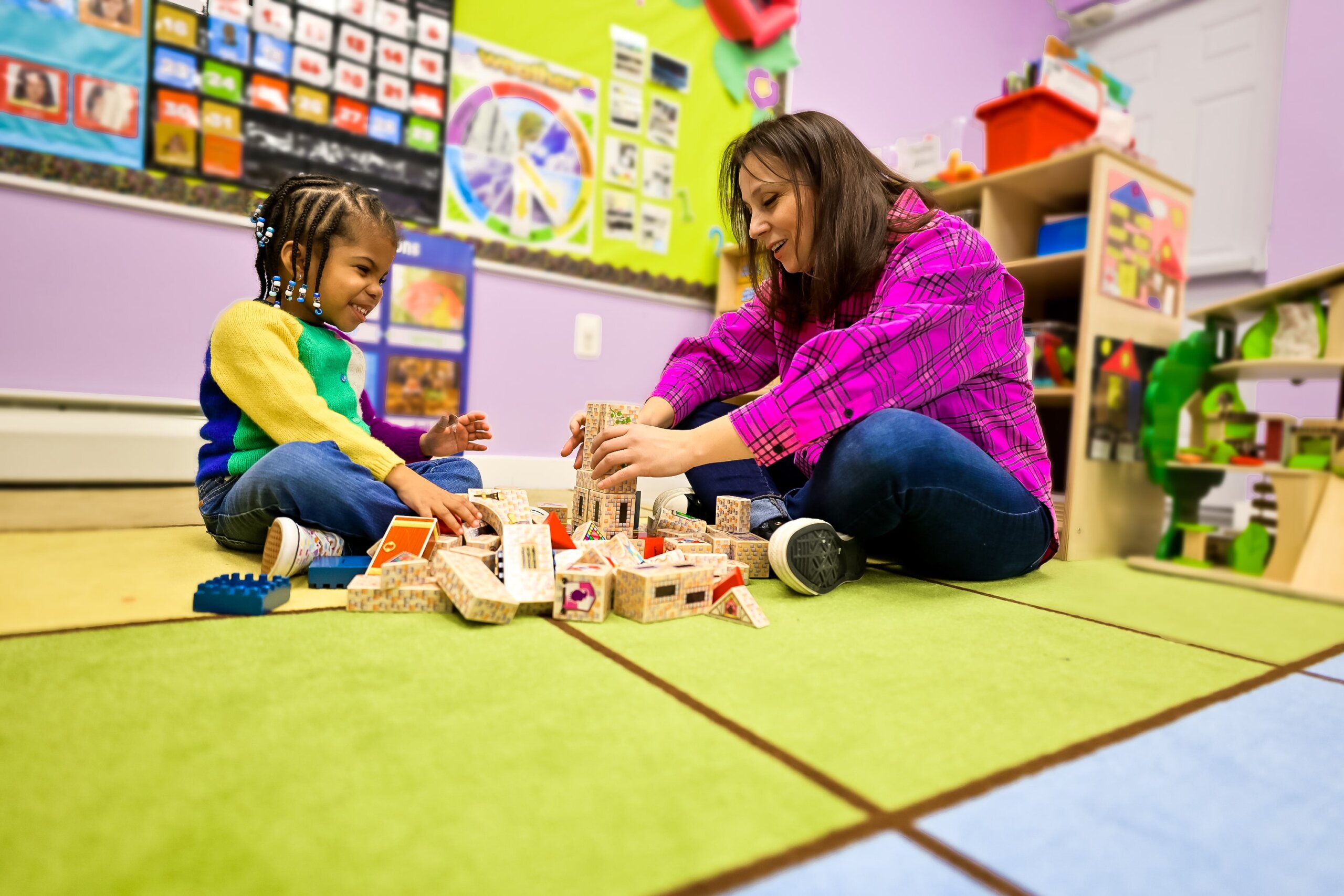
Importance of a Supportive and Understanding Atmosphere
Creating a supportive and understanding atmosphere at home is crucial for the emotional and psychological well-being of both children and parents. Such an environment promotes trust, security, and openness, allowing children to express their thoughts and feelings without fear of judgment or reprimand. It lays the foundation for healthy communication habits that can last a lifetime, teaching children how to interact with others in a respectful and empathetic manner.
In a positive communication environment, children are more likely to develop strong self-esteem and emotional intelligence. They learn to handle conflicts constructively, develop problem-solving skills, and build resilience. Additionally, this nurturing environment strengthens the parent-child relationship, fostering a deep sense of connection and mutual respect.
Tips to Foster Open and Respectful Communication
- Encourage Regular Family Meetings: Hold regular family meetings to discuss plans, address concerns, and share feelings. This establishes a routine of open dialogue and ensures everyone has a chance to be heard.
- Practice Active Listening: Show genuine interest in what your child says. Listen without interrupting, acknowledge their feelings, and respond thoughtfully. This demonstrates respect for their opinions and encourages them to communicate openly.
- Express Empathy and Understanding: Try to see things from your child’s perspective and validate their feelings, even if you don’t agree with their behavior. Empathy builds a stronger emotional connection and helps children feel understood.
- Maintain a Positive Tone: Use a positive and encouraging tone when speaking. Focus on the behavior you want to see, rather than criticizing the undesirable behavior. This positive reinforcement motivates children to repeat good behaviors.
- Share Personal Experiences: Open up about your own feelings and experiences. This not only humanizes you to your child but also teaches them that it’s okay to talk about emotions and challenges.
- Create a Safe Space for Communication: Ensure your home is a place where everyone can express their thoughts and feelings without fear of ridicule or punishment. A safe communicative environment encourages openness and honesty.
- Set an Example: Model the communication style you want to see in your child. Use respectful language, practice patience, and show how to express feelings constructively.
- Use Humor and Light-heartedness: Incorporate humor and playfulness into daily interactions to keep the communication atmosphere light and enjoyable. This approach can diffuse tension and make it easier to discuss difficult topics.
- Respect Privacy and Boundaries: While encouraging open communication, also respect your child’s need for privacy and personal space. This respect fosters trust and shows that you value their independence.
Encouraging Children to Listen Without Yelling
Teaching Children to Respond to Calm Instructions
- Start Early and Be Consistent: Establish the expectation that calm communication is the norm. Consistency in using a calm approach teaches children that this is how communication occurs in their environment, leading them to respond in kind.
- Use Clear and Simple Instructions: Make sure your instructions are age-appropriate, clear, and concise. Children are more likely to listen and respond when they understand what is being asked of them.
- Get Down to Their Level: Physically lowering yourself to your child’s eye level can make the interaction more personal and engaging. This approach helps in capturing their attention and making them feel respected.
- Make Eye Contact: Before giving instructions, ensure you have your child’s attention by making eye contact. This nonverbal cue signals that what you are about to say is important.
- Explain the ‘Why’: Children are more likely to follow instructions if they understand the reasons behind them. Explain the consequences and benefits of their actions in a way that they can understand.
- Offer Choices: Whenever possible, give children choices rather than directives. This empowers them and makes them more likely to cooperate since they feel they have some control over the situation.
Reinforcing Positive Behavior Without Yelling
- Positive Reinforcement: Acknowledge and reward positive behavior as soon as it occurs. Praise, stickers, or a points system can motivate children to continue behaving well.
- Set Achievable Goals: Create small, manageable goals for behavior. Achieving these can boost a child’s confidence and reinforce the desire to listen and follow instructions.
- Model Desired Behavior: Children learn by example, so consistently model the behavior you want to see. Demonstrating patience, respect, and effective communication encourages them to mirror these behaviors.
- Create a Reward System: Implement a system where positive behavior is rewarded over time, such as a chart that tracks good behavior, leading to a larger reward like a special activity or treat.
- Use Constructive Praise: Be specific in your praise, highlighting the exact behavior that was positive. This helps children understand what actions are desirable and encourages them to repeat them.
- Teach Problem-Solving Skills: Encourage children to think through problems and come up with solutions, praising their efforts and successes. This builds their confidence and decision-making skills, making them more likely to listen and cooperate in the future.
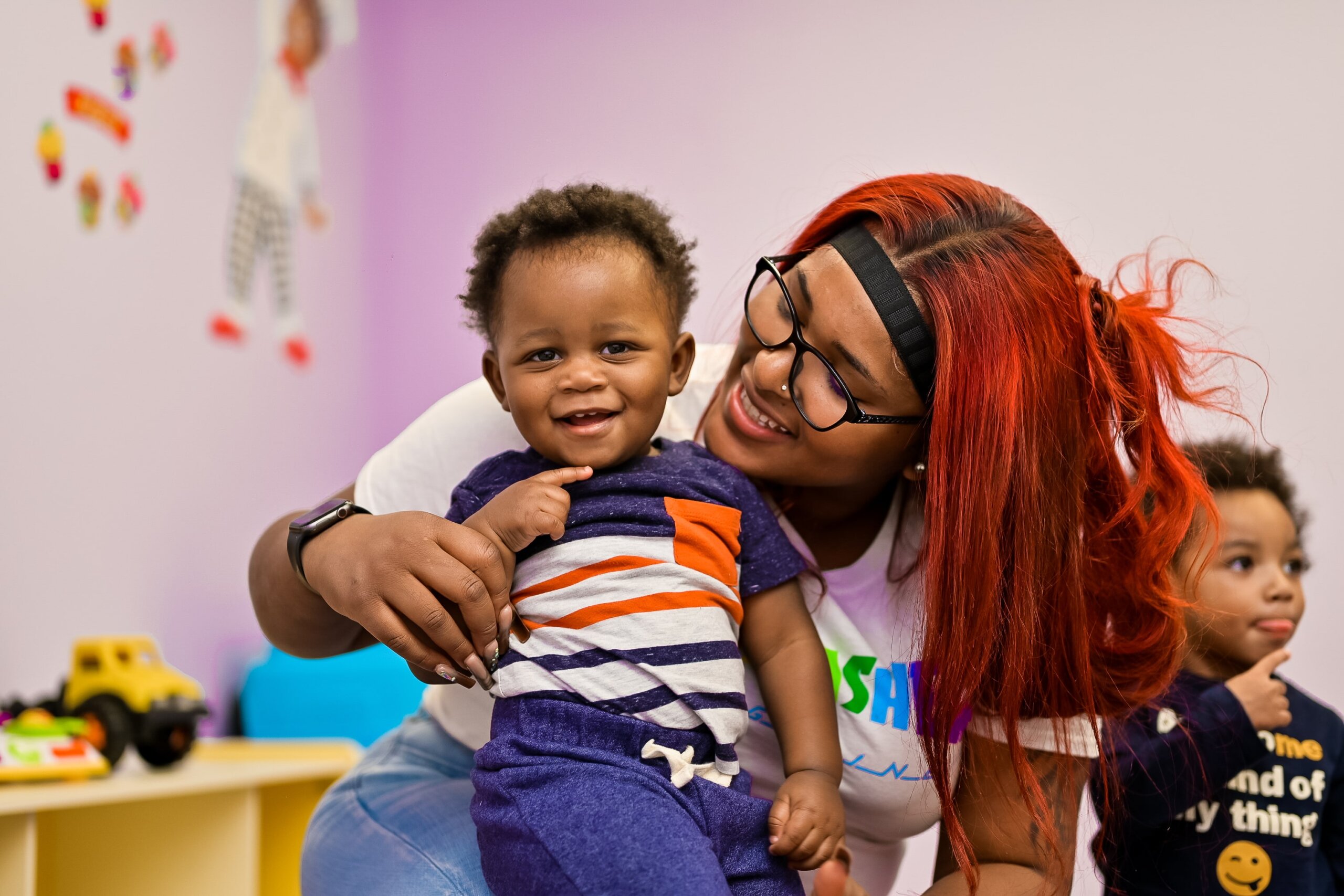
Conclusion
Understanding the negative impacts of yelling and embracing alternative communication strategies can significantly improve the relationship between parents and children. By practicing patience, empathy, and active listening, parents can foster a nurturing environment where children feel valued and understood. Remember, the goal is to guide and teach our children how to navigate their emotions and the world around them in a healthy and constructive manner.
Little Scholars Daycare
At Little Scholars Daycare, we believe in building strong, positive communication channels between parents and children. Our approach focuses on nurturing understanding, respect, and emotional intelligence.
Join us in creating a supportive environment where every child and parent can thrive. Visit our website or contact us today to learn more about our programs and how we can help your family grow together in love and respect. Let’s take the first step towards positive change together!

